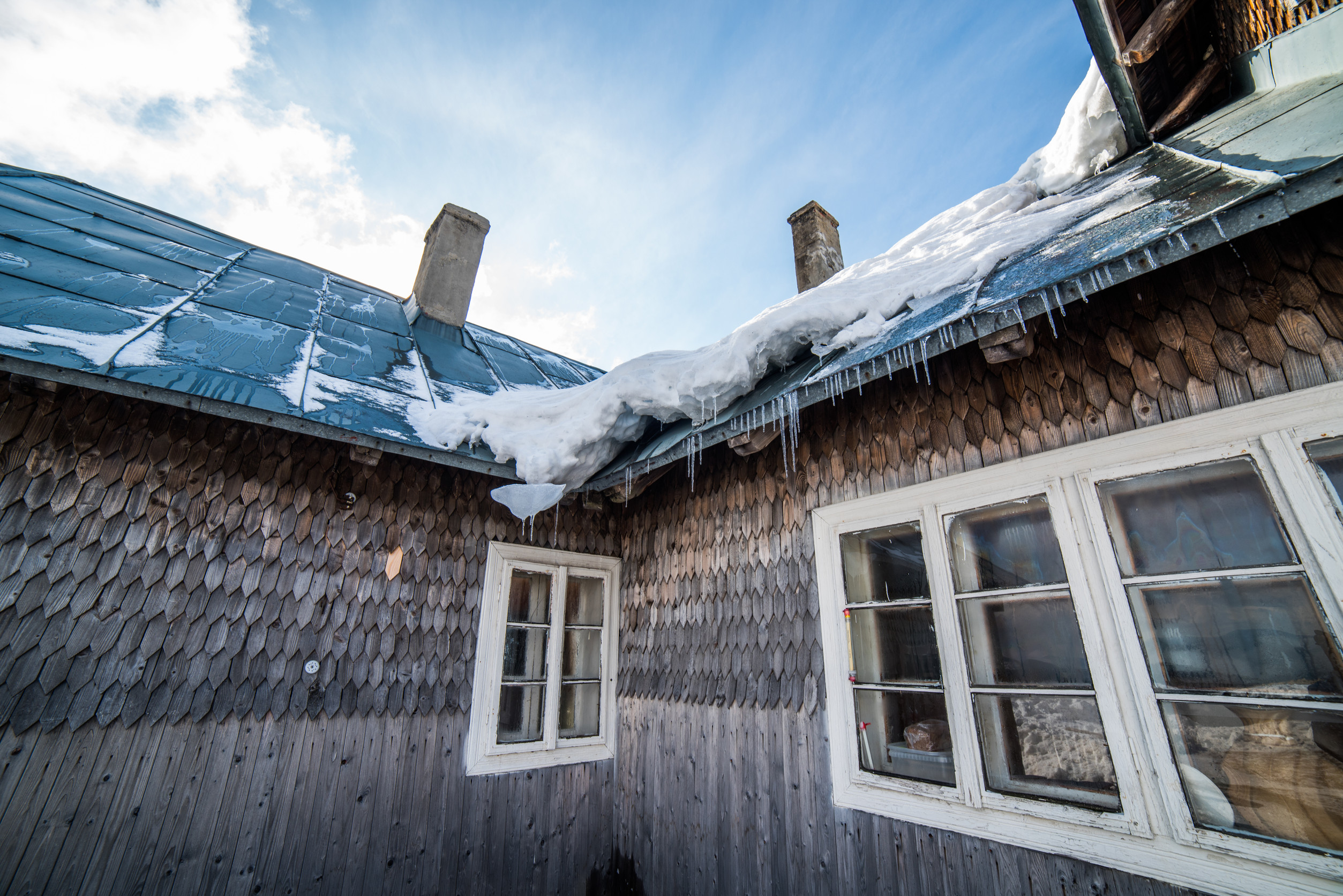Best Time of Year to Replace Your Roof
Replacing a roof is one of the biggest investments a homeowner can make—and one that requires perfect timing. Weather, contractor availability, and material performance all play major roles in determining when to schedule your roof replacement. Choose the right season, and you’ll get better workmanship, fewer delays, and even lower costs.
This guide explores how each season affects roofing projects, what factors matter most, and how to plan your replacement for maximum longevity and value.
Why timing matters for roof replacement
The timing of your roof replacement can directly impact its success and lifespan.
- Temperature and humidity: Affect how roofing materials like asphalt shingles or sealants bond and cure.
- Weather patterns: Influence how safely and efficiently contractors can work.
- Material costs and contractor demand: Shift throughout the year, affecting pricing.
Key takeaway
Scheduling your replacement strategically can save money, reduce risks, and ensure a longer-lasting roof.
How weather conditions affect roofing installations
Different roofing materials react differently to weather:
- Asphalt shingles: Need mild temperatures (45°F–85°F) for proper sealing.
- Metal roofing: Can be installed year-round but expands and contracts with temperature changes.
- Flat roofs: Require dry weather since adhesives struggle in humidity or cold.
Ideal conditions
Moderate temperatures, dry air, and consistent daylight create the best environment for precise installation and long-lasting adhesion.
Extreme heat softens shingles, while freezing temperatures make them brittle—timing the project right prevents both.
Is spring a good time to replace your roof?
Spring is often one of the most popular seasons for roof replacement, and for good reason.
Benefits:
- Mild temperatures make installation easier and safer for roofers.
- Less humidity ensures shingles seal properly.
- Early maintenance advantage: Fix winter damage before spring storms.
Considerations:
- Spring weather can be unpredictable with sudden rainstorms.
- Contractors may start to get busy, so early scheduling is wise.
Verdict: Excellent time for roof replacement if you book early and monitor the forecast.
Why summer is considered “roofing season”
Summer is peak season for most roofing contractors, especially in regions with harsh winters.
Advantages:
- Long daylight hours allow extended workdays and faster project completion.
- Consistent weather means fewer delays due to rain or snow.
- Perfect shingle temperature range for sealing and flexibility.
Drawbacks:
- High demand = higher prices during mid to late summer.
- Extreme heat can make work dangerous and affect material handling.
Verdict: Early summer (June to mid-July) is ideal. Avoid late-summer heatwaves if possible.
Is fall the best time of year to replace a roof?
Many roofing professionals consider fall the “sweet spot” for replacements.
Benefits:
- Cool, stable temperatures (45°F–75°F) allow shingles to seal before winter.
- Low humidity prevents moisture issues during installation.
- End-of-season discounts may be available from contractors clearing schedules.
Caution:
- Demand is high in September and October—book months in advance.
- Late fall can be risky if temperatures drop too quickly.
Verdict: Fall offers the perfect balance of weather, contractor availability, and installation conditions.
What about winter roof replacements?
While winter isn’t ideal, it’s not impossible. Some contractors specialize in cold-weather installations.
When it makes sense:
- Emergency replacements due to leaks or storm damage.
- Metal roofing projects, which are less temperature-sensitive.
- Slower contractor schedules may mean lower prices or quicker booking.
Challenges:
- Shingles can crack when nailed in freezing temps.
- Sealant adhesion is slower in cold weather.
- Snow and ice make work hazardous.
Verdict: Not preferred, but doable for urgent cases or with professional installers experienced in winter work.
Comparing the seasons: Pros and cons at a glance
Instead of a table, here’s a clear summary of what to expect:
- Spring: Mild weather, but rain can interfere. Great for post-winter fixes.
- Summer: Reliable sunshine, faster installs—but more expensive in peak months.
- Fall: Optimal conditions, steady temps, and excellent sealing—most recommended.
- Winter: Least ideal, but possible for emergencies or certain materials.
Key takeaway
If you can plan ahead, late spring or early fall deliver the best balance of conditions, quality, and cost.
How regional climate changes the answer
The “best time” varies by where you live.
- Northern states: Late spring through early fall—avoid cold snaps.
- Southern states: Early spring or late fall to dodge extreme heat.
- Coastal or humid regions: Choose drier months to avoid moisture-related delays.
- Mountain areas: Summer only, due to long winters and unpredictable weather.
Pro tip
Ask local contractors about the best local roofing season—they know your region’s microclimate and building codes.
How to prepare before replacing your roof
No matter the season, preparation makes the process smoother.
Step-by-step prep checklist:
- Schedule an inspection: Confirm replacement necessity and get quotes.
- Choose materials wisely: Some perform better in certain climates.
- Plan ahead: Book contractors 2–3 months early for spring or fall.
- Protect property: Move vehicles, cover attic belongings, and trim trees.
- Check permits: Many cities require them before roofing starts.
A well-prepared homeowner avoids delays and unexpected costs.
What mistakes to avoid when scheduling roof replacement
Even with good timing, simple errors can cause costly setbacks.
- Waiting until the roof fails: Plan replacement before leaks start.
- Ignoring weather forecasts: A single storm can delay work for days.
- Choosing the cheapest contractor: Quality installation matters more than saving a few hundred dollars.
- Scheduling too close to holidays: Material suppliers or city offices may be closed.
Best practice
Start planning months in advance so you can control the timing instead of reacting to emergencies.
How to save money by timing your roof replacement
Timing isn’t just about weather—it’s also about budgeting strategically.
- Off-season discounts: Late winter and early spring often feature promotions.
- Manufacturer rebates: Many brands offer limited-time material deals.
- Avoid rush demand: Booking early (before peak season) secures better pricing.
- Tax or insurance credits: Replacements after storm damage may qualify for partial reimbursement.
Financial insight
Roofing costs can fluctuate 10–20% annually depending on timing and demand. Strategic scheduling pays off.
Why professional timing advice matters
Experienced roofers understand how local weather patterns and material performance interact. They can tell you exactly when to schedule installation for your roof type and region.
- They track temperature and humidity trends.
- They know material curing limits.
- They plan around supplier schedules and regional busy seasons.
Homeowner takeaway
Trust your contractor’s seasonal expertise—it’s built from years of experience in your area’s conditions.
FAQs about the best time to replace your roof
Q: What month is best for roof replacement?
A: Generally, September and October offer the ideal combination of mild weather, steady temperatures, and contractor availability.
Q: Can I replace my roof in winter?
A: Yes, but only if temperatures stay above 40°F and you use an experienced crew. Some materials like metal handle cold better than asphalt.
Q: How long does a roof replacement take?
A: Most residential roofs take 1–3 days depending on size, weather, and material. Complex or steep roofs may take longer.
Q: Should I wait for leaks before replacing my roof?
A: No—waiting can lead to interior damage and higher repair costs. Replace proactively once aging or wear is evident.
Conclusion
The best time to replace your roof depends on a balance of weather, material, contractor availability, and cost. For most homeowners, late spring or early fall offers the sweet spot—temperatures are mild, rain is limited, and roofing materials perform at their best.
3 Key Takeaways:
- Plan ahead—contractors book quickly during ideal seasons.
- Monitor local weather trends to avoid delays.
- Choose timing that fits both your budget and long-term roof health.
👉 Next step: Schedule a roof inspection now so you can reserve the best installation window before peak season hits. Your future self—and your roof—will thank you.







